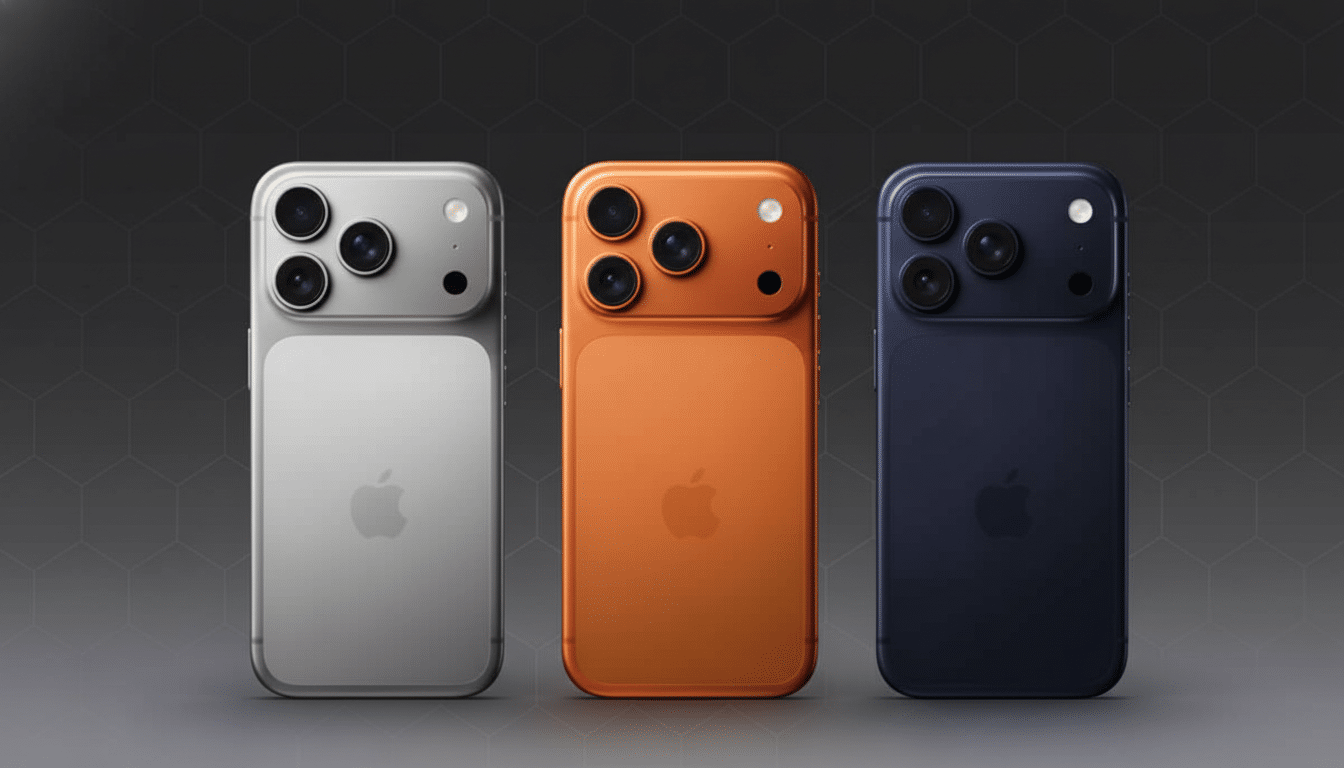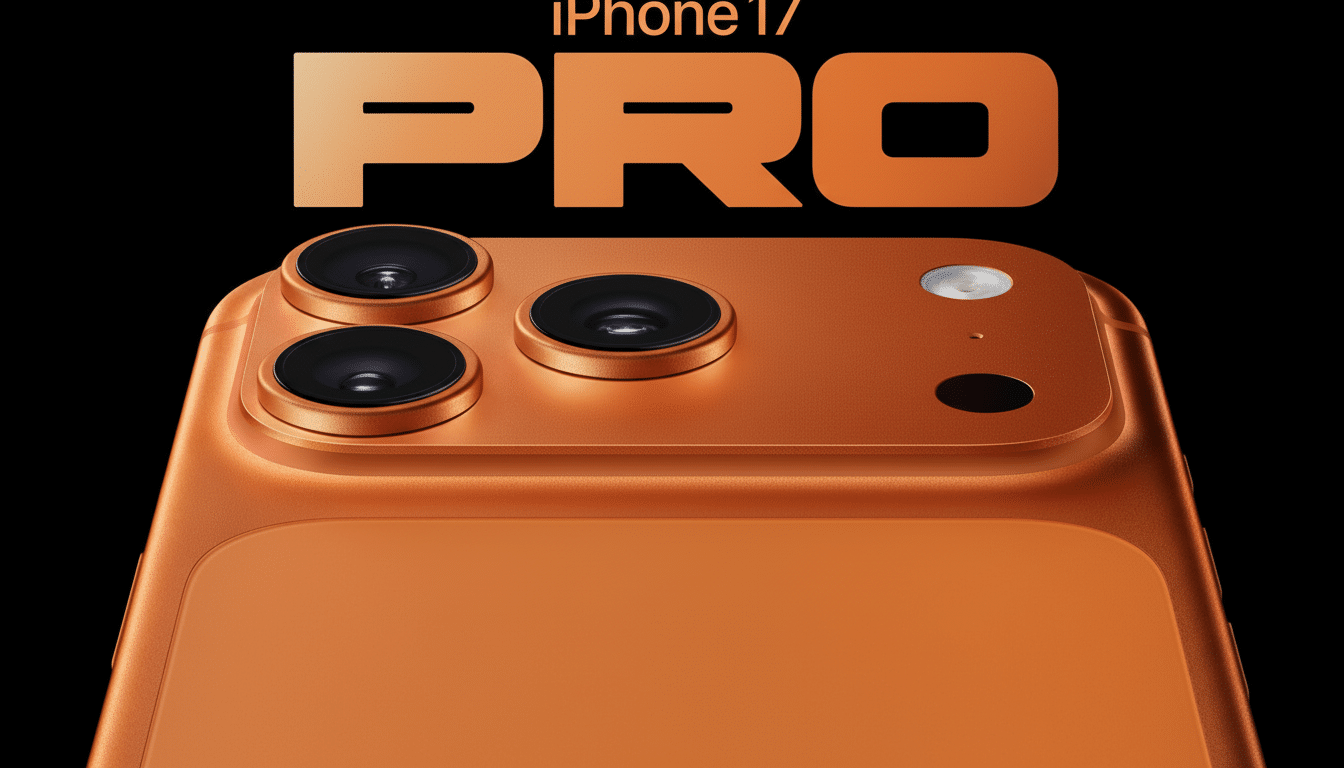Apple’s latest flagship, the iPhone 17 Pro, revolves its pitch around photography. The headlining changes: overhauled camera system headed by a 48MP telephoto that pumps out 8x optical zoom, a new rear “plateau” camera bar, and faster imaging pipeline powered by the A19 Pro chip. The result, Apple says, is a phone that goes further, shoots cleaner and stays cooler during lengthy capture sessions.
48MP telephoto brings up to 8x optical zoom
It’s more than just a step up from a 12MP to a 48MP telephoto sensor. With 4x the number of pixels and a periscope-style lens array, the iPhone 17 Pro can crop into the sensor for multiple “lossless” steps and actually hit an 8x optical endpoint. That places it in some pretty rare company among long-range mobile shooters: Only a handful of devices (including Vivo’s high-end X series flagships) have gone longer than 7x optical in recent years.

Apple limits digital zoom to 40x, a far cry from the 100x figure competitors throw around, indicating its ongoing bias toward leaving texture and edge integrity as is rather than subjecting them to a lot of AI upscaling. We should also expect the camera to merge data from the main and tele modules for noise reduction, a trick that’s become common in high-end phones with very little fanfare. Independent testing from outlets like DxOMark will reveal whether Apple’s restraint pays off in detail retention at long focal lengths.
New camera bar, and imaging pipeline
All back cameras now fit into a full-width rectangle Apple dubs the “plateau.” Aside from being aesthetic the breakout into a larger plane also can improve thermal and reduction in lens shadowing, particularly in periscope optics. It also allows more space for sensors and stabilization hardware, without resulting in a huge camera hump.
Inside is where the A19 Pro’s image signal processor and Neural Engine have been beefed up to deal with the increased volume of pixels from the 48MP telephoto as well as the selfie camera. That headroom comes in handy for multi-frame exposure stacking, HDR tone mapping and subject segmentation — areas where Apple usually leans toward a natural color and conservative sharpening versus some foes. Professional modes like ProRAW and ProRes should gain from cleaner base frames and less fluctuating highlight roll-off at telephoto ranges.
Aluminum unibody, cooling, & durability
In a significant design change, the Pro line moves from last year’s titanium over to an aluminum unibody. Aluminum dissipates heat more efficiently and is simpler to shape into large, rigid structures — important when housing a wider camera bar and a vapor chamber.
Apple’s new vapor-chamber thermal system is to help ensure performance can stay sustainable during longer video recording sessions and longer telephoto bursts — the kind that stress the ISP and CPU. There’s Ceramic Shield 2 on the front; the back is still the old Ceramic Shield. The two combined ought to make the thing a bit more sturdy from the front and manage welcome weight results.

Front camera and creator tools
The selfie camera switches to an 18MP sensor, offering 17 Pro more room for crop-based stabilization and sharper 4K output. Apple is also making it possible to record video natively from both the front and rear cameras at the same time — a boon for vloggers, sideline reporters and educators who want to be able to record reactions and scenes at the same time without having to rely on third-party apps.
For mobile journalism and documentary work, multi-cam capture can be a simpler, gear-light setup. Combine that with the greater optical reach and you have a phone that can make a subject across an entire field look far closer, while retaining enough detail for broadcast or editorial use.
Battery, eSIM, and storage
The Pro models’ battery is slightly larger and eSIM-only models have a slightly bigger cell by freeing up space from the SIM tray assembly, according to Apple. That could actually be significant for creators who are shooting telephoto video, where the power draw peaks when you factor in stabilization, focusing motors and heavy processing.
Both Pro models will now start with 256GB of storage to reflect the size of today’s photo libraries and ProRes video files. The iPhone 17 Pro Max introduces a 2TB option for filmmakers and teams who want to store footage directly to the device. Pricing will start at $1,099 for the iPhone 17 Pro and $1,199 for the iPhone 17 Pro Max, with preorders available through Apple and carriers before a general retail launch.
How it stacks up and why it matters
In the premium market, longer optical zoom is still a strong differentiator. Research firms including Counterpoint have found over and over again that camera quality is the biggest driver of upgrades in that group of high-end buyers. Apple’s leap to 8x optical telephoto is just what the doctor ordered to directly respond to that demand without getting into the silly marketing race to ever higher digital zoom figures that do so at the cost of realism.
The broader picture: a stabilized 8x lens has the potential to make a meaningful difference in what’s possible from the stands at a game or at the back of a concert hall. But being able to read a jersey number, or to catch a performer’s expression, without the watercolor artifacts that can plague heavy digital zoom, is the sort of real-world improvement that keeps iPhones in the conversation for both enthusiasts and working creatives.

